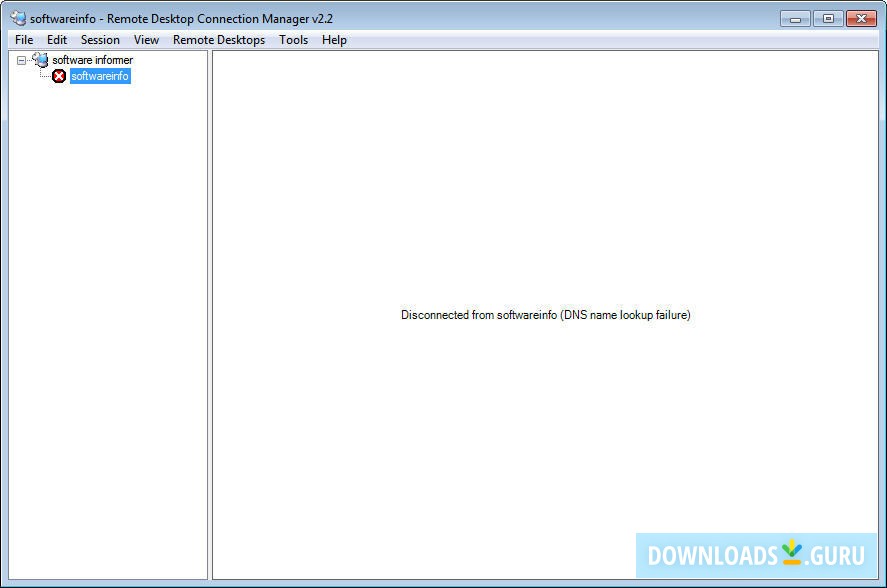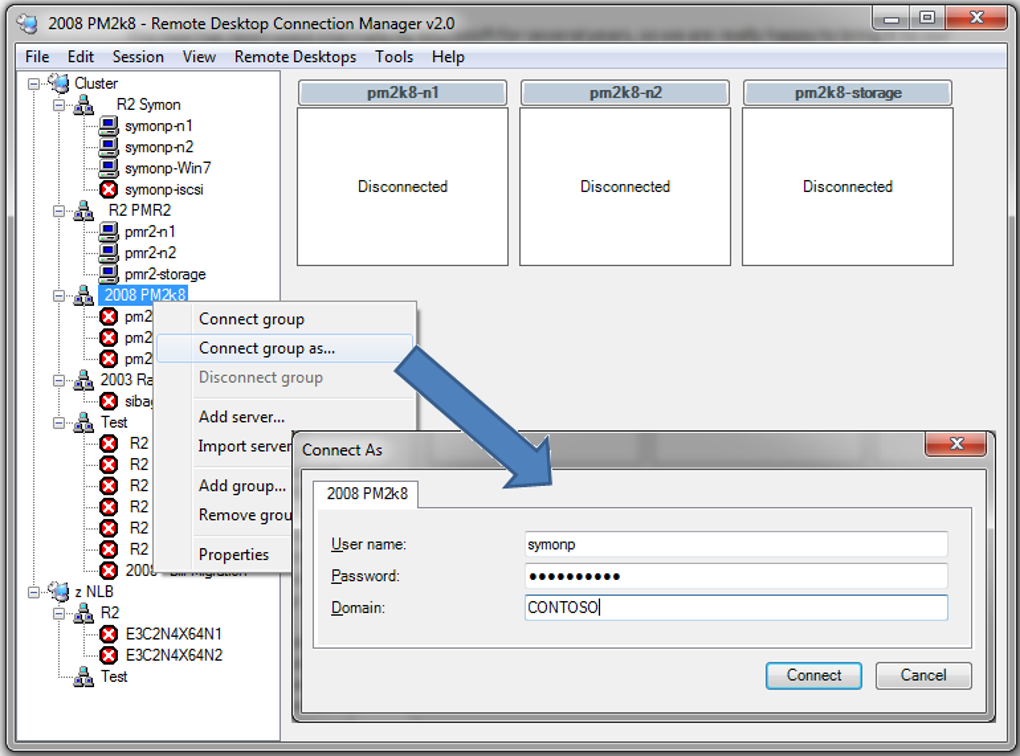


I can't attach the manifest file so here is the contents: Ĭopy the above into notepad and save the file with the appropriate name to the same folder as the executable. The RDP app is %windir%\System32\mstsc.exe so the manifest file is.

Right-click PreferExternalManifest, and then click Modify.( see screenshot below) When finished, you can close the Remote Desktop app if you like. Type PreferExternalManifest, and then press ENTER. ( see screenshot below) Click/tap on the overflow menu (.) button next to the name (ex: 'My Laptop') of the Remote Desktop connection you want to delete, and click/tap on Remove.On the device you want to connect to, select Start and then click the Settings icon on the left. Right-click, select NEW > DWORD (32 bit) value. You can configure your PC for remote access with a few easy steps.Open RegEdit and navigate to the registry key: HKEY_LOCAL_MACHINE > SOFTWARE > Microsoft > Windows > CurrentVersion > SideBySide.Next is to provide a manifest file for a given application – the executable file name followed by. First one must tell Windows to look for a manifest file for an application by default – a registry entry. It also works with older apps that don't handle high dpi scaling well. \Install-NewRDCMan.Here is what I did to solve the issue. powershell.exe -ExecutionPolicy Bypass -NoLogo -NonInteractive -NoProfile -WindowStyle Hidden -File.NOTE: You can make this a tad more delicious by creating it as an application, but that will require that you come up with some sort of detection method. Uninstall the new RDCMan and removes installation directory C:\Program Files\SysinternalsSuiteĬreate a regular package in ConfigMgr and create two programs running:.The new RDCman will be installed into C:\Program Files\SysinternalsSuite If found, this will be uninstalled automatically and the new RDCman will be downloaded and installed from the Internet. This will look for the old RDCman installation.imabdk/Powershell () comes with two parameters:.My PowerShell script, which is found on my GitHub page here Powershell/Install-NewRDCMan.ps1 at master msi and was registered with the Windows installer once installed. The old RDCman was put into the grave some time ago, but has now been revived into the Sysinternals suite. This is a little something on the script itself and how to put that to use with ConfigMgr. Now, RDCman has been revived and arrived last week in a new version 2.8.įor fun and giggles, I did a short PowerShell script which uninstalls the old version (2.7, registered with windows installer) and downloads the new version 2.8 directly from. Another kickstarting blog post, getting into the swing of things again after a somewhat lacking period.


 0 kommentar(er)
0 kommentar(er)
